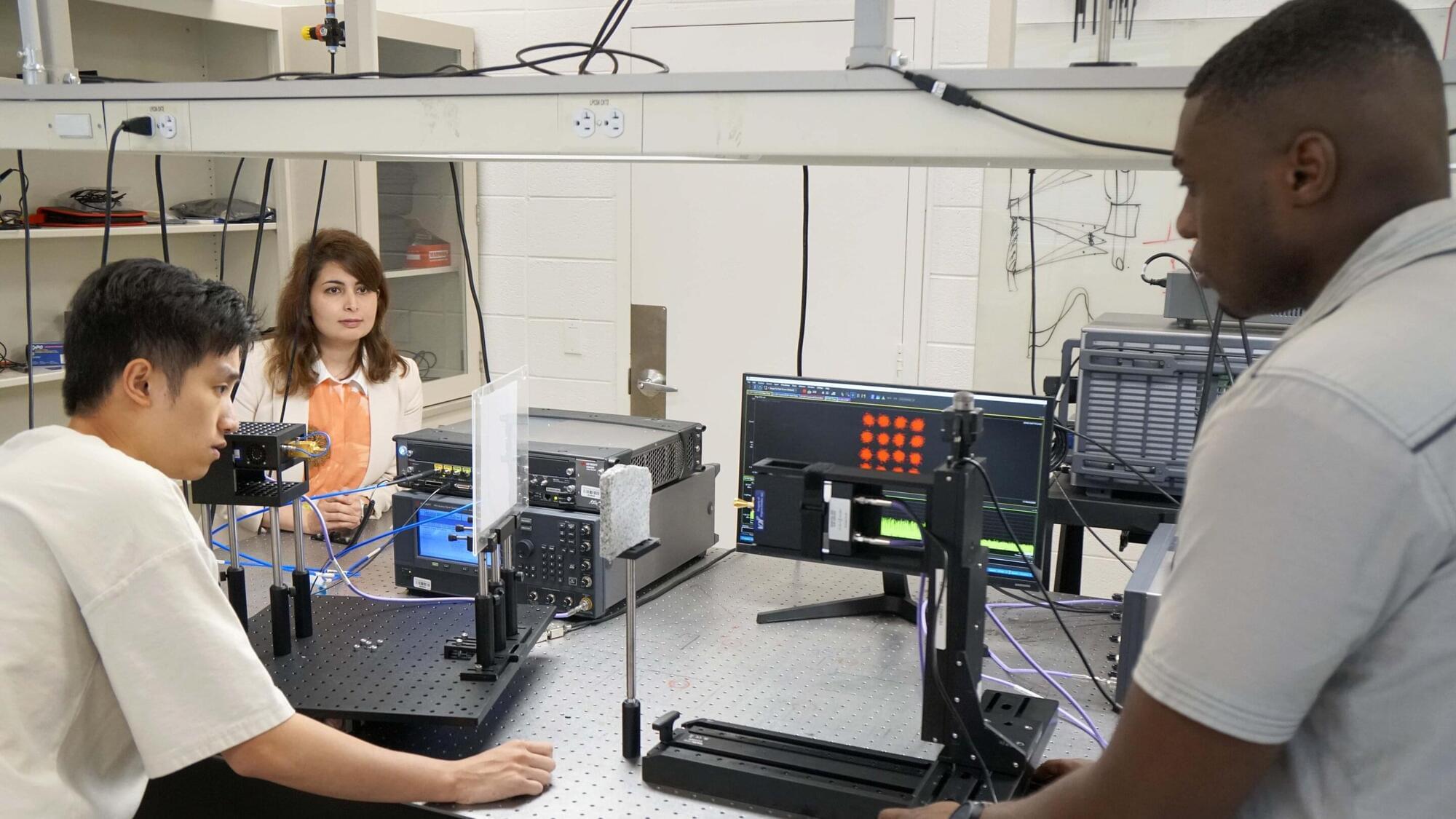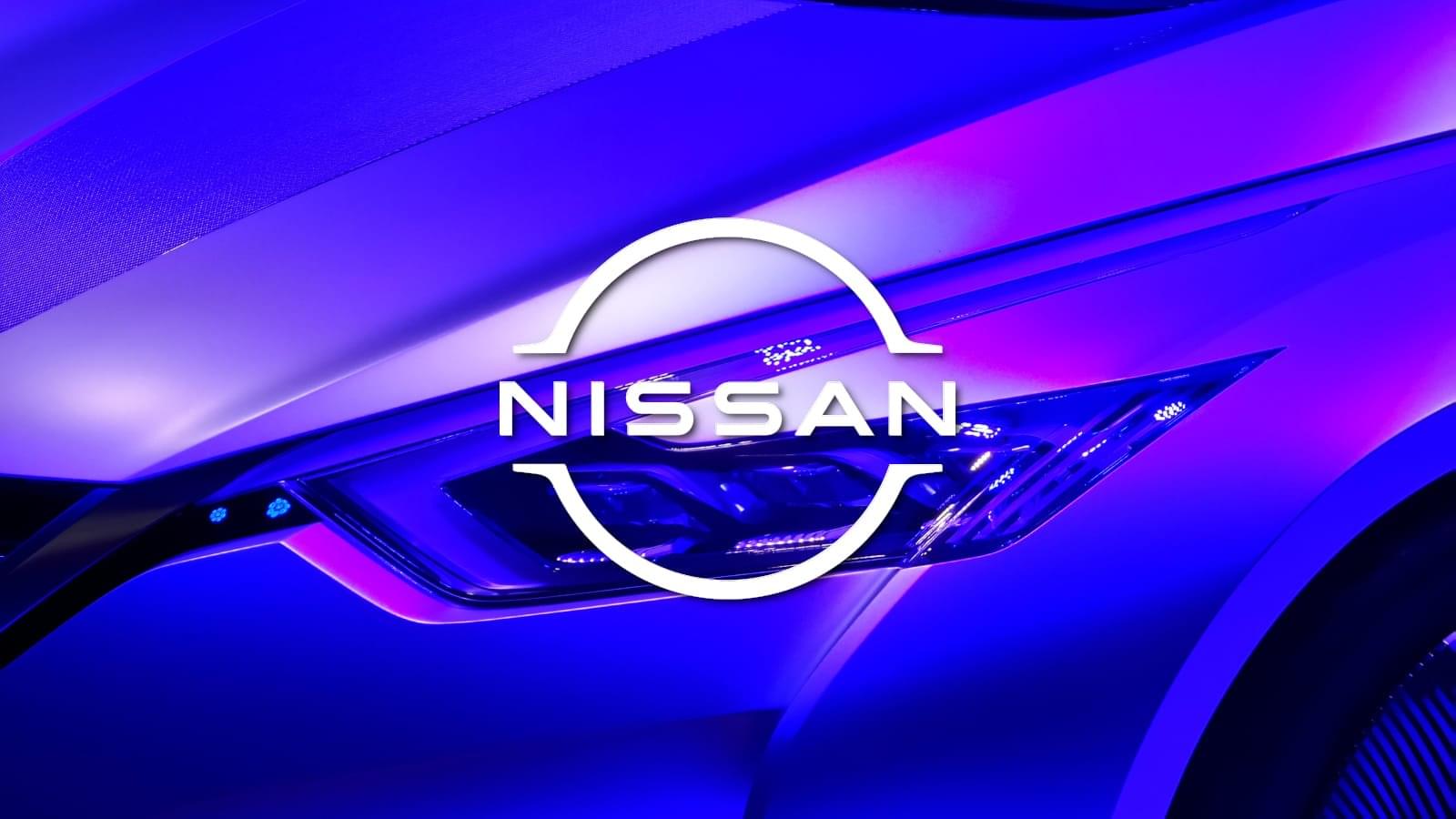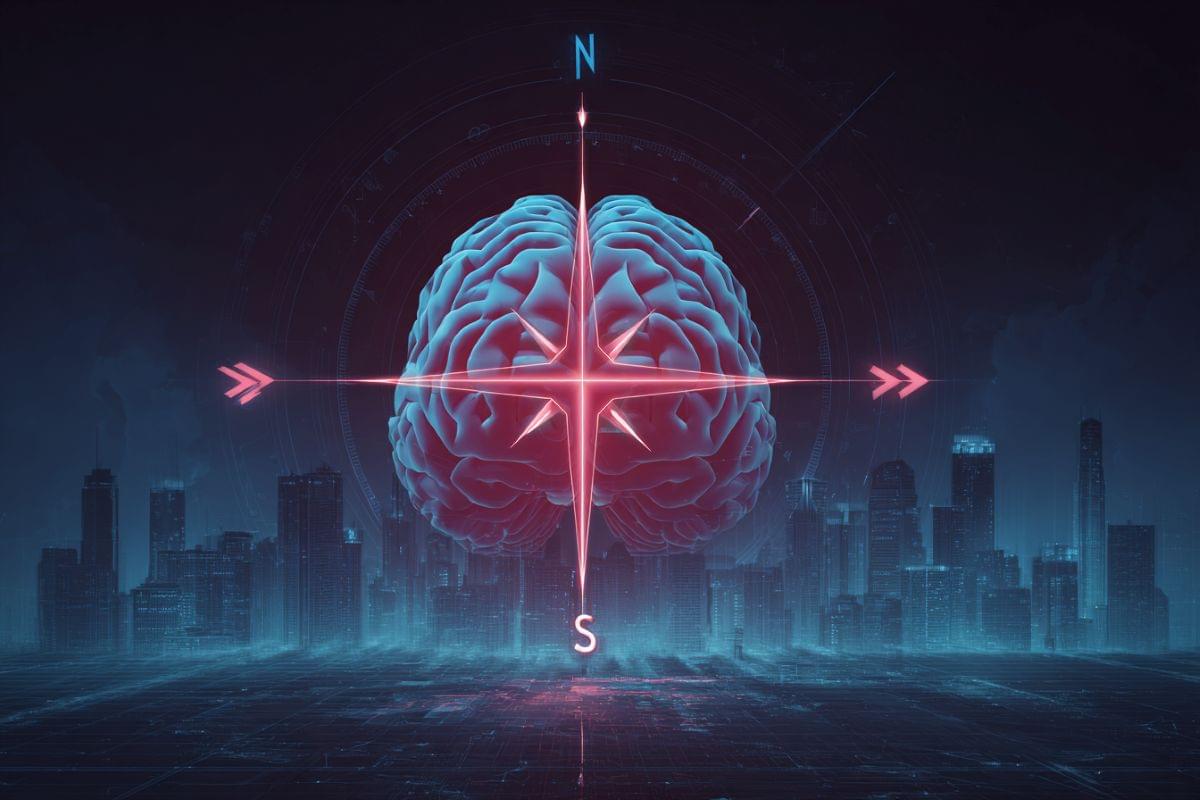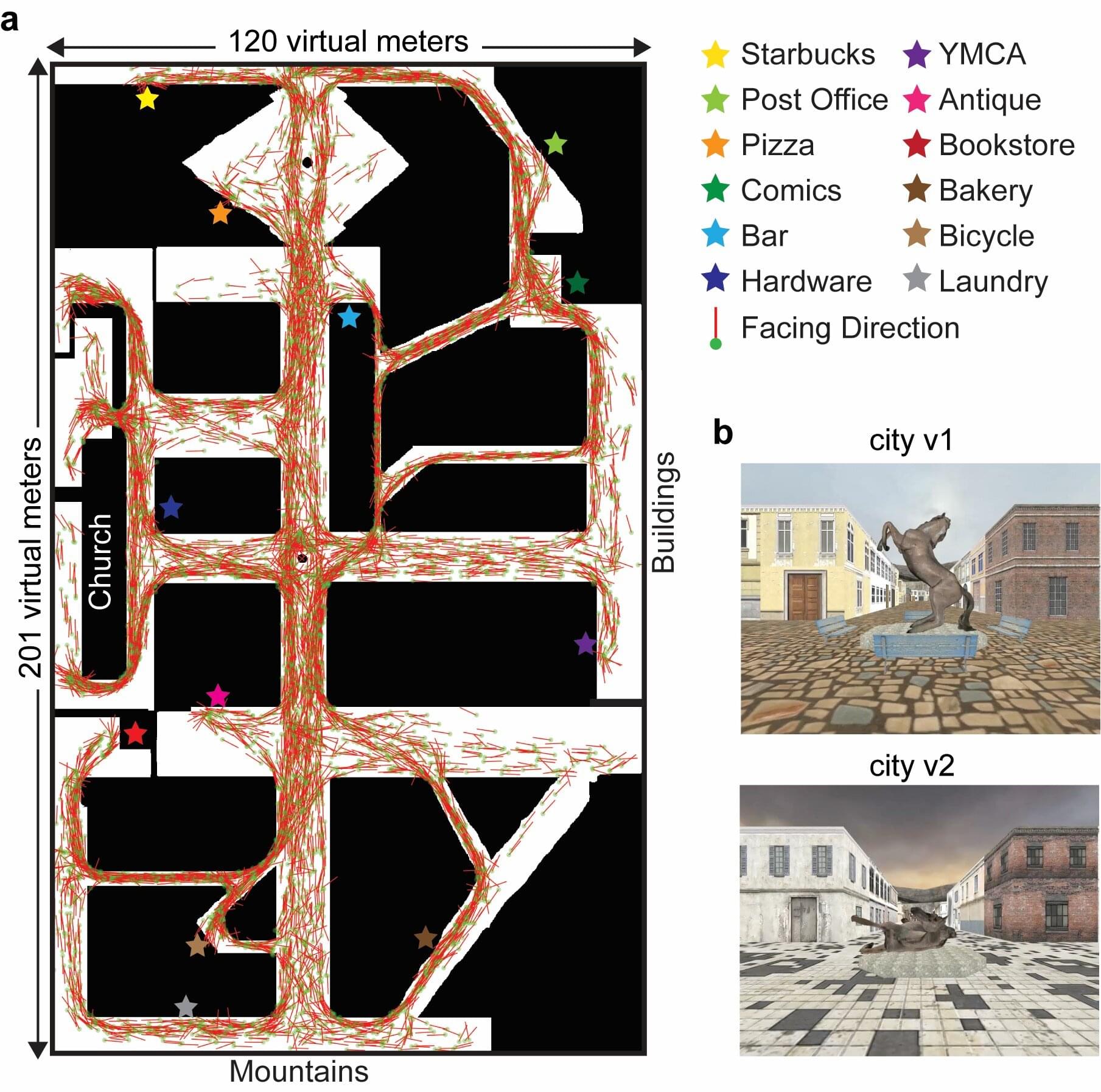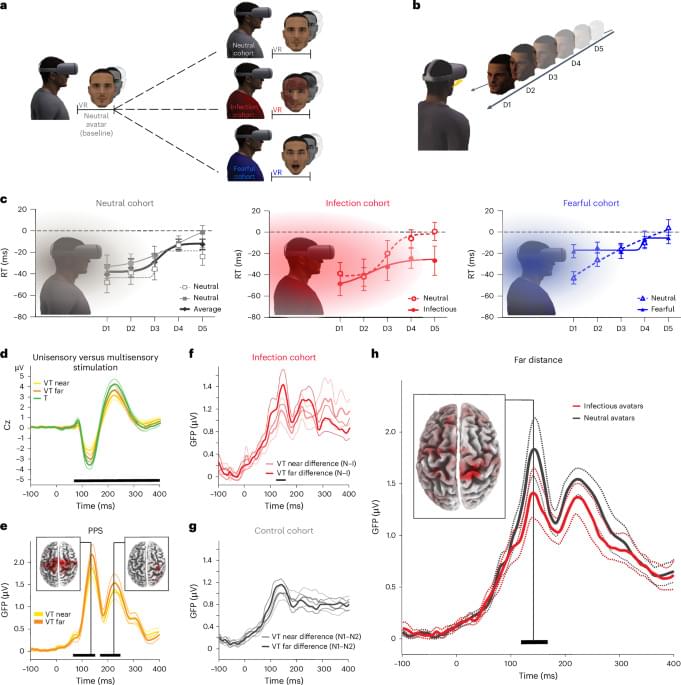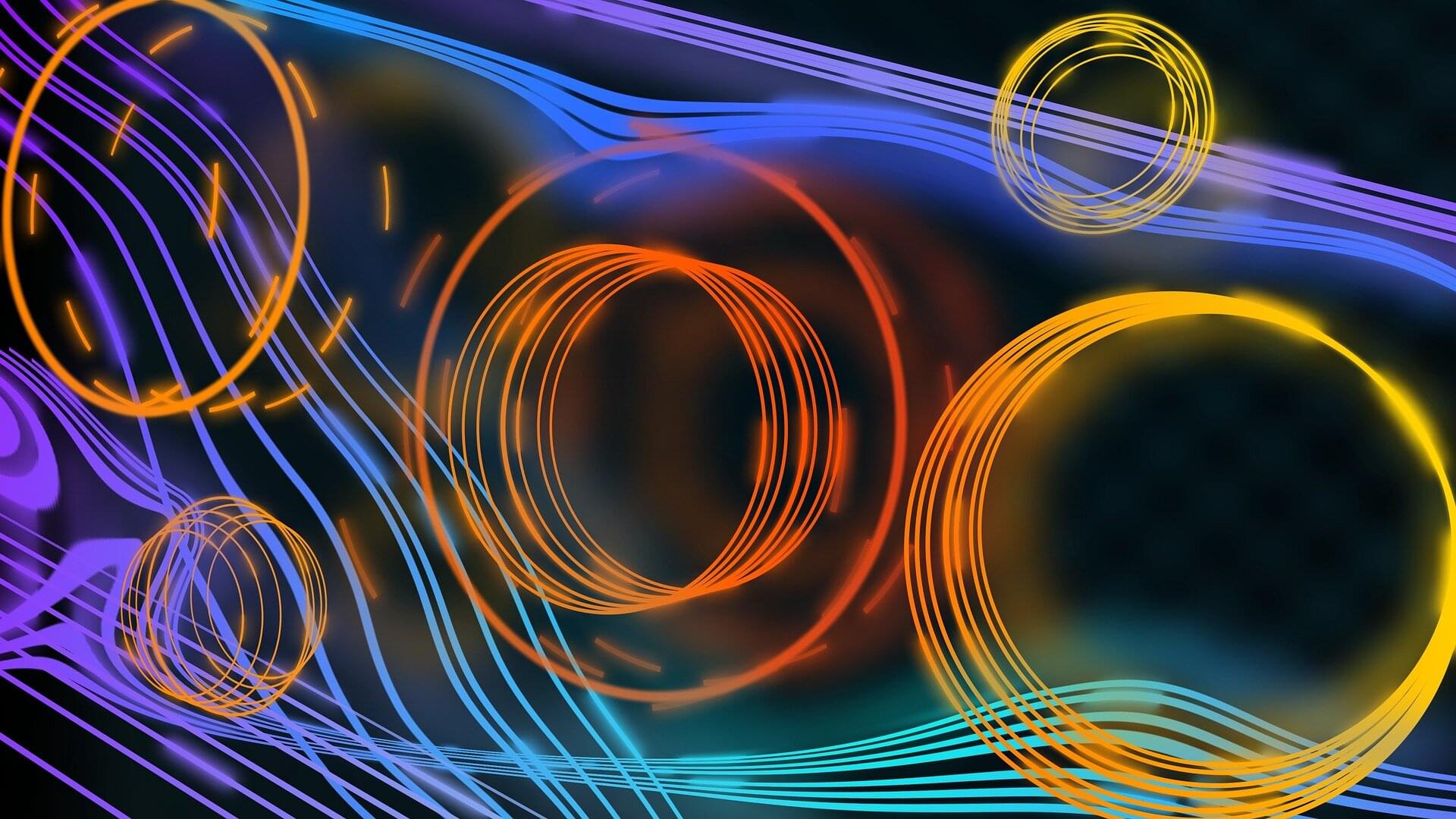A team at the University of St Andrews has unlocked a major step toward true holographic displays by combining OLEDs with holographic metasurfaces. Unlike traditional laser-based holograms, this compact and affordable method could transform smart devices, entertainment, and even virtual reality. The breakthrough allows entire images to be generated from a single OLED pixel, removing long-standing barriers and pointing to a future of lightweight, miniaturized holographic technology.

